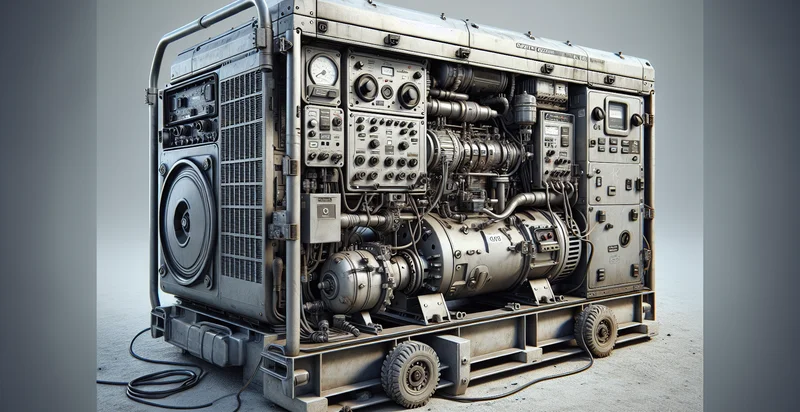Identify launch pad
using AI
Below is a free classifier to identify launch pad. Just upload your image, and our AI will predict what type of rocket it is - in just seconds.

Contact us for API access
Or, use Nyckel to build highly-accurate custom classifiers in just minutes. No PhD required.
Get started
import nyckel
credentials = nyckel.Credentials("YOUR_CLIENT_ID", "YOUR_CLIENT_SECRET")
nyckel.invoke("launch-pad", "your_image_url", credentials)
fetch('https://www.nyckel.com/v1/functions/launch-pad/invoke', {
method: 'POST',
headers: {
'Authorization': 'Bearer ' + 'YOUR_BEARER_TOKEN',
'Content-Type': 'application/json',
},
body: JSON.stringify(
{"data": "your_image_url"}
)
})
.then(response => response.json())
.then(data => console.log(data));
curl -X POST \
-H "Content-Type: application/json" \
-H "Authorization: Bearer YOUR_BEARER_TOKEN" \
-d '{"data": "your_image_url"}' \
https://www.nyckel.com/v1/functions/launch-pad/invoke
How this classifier works
To start, upload your image. Our AI tool will then predict what type of rocket it is.
This pretrained image model uses a Nyckel-created dataset and has 20 labels, including 39A, Alcantara, Ariane Launch Complex, Asteris Launch Site, Baikonur, Baikonur Cosmodrome, Cape Canaveral, Guiana Space Centre, Jiuquan and Kennedy.
We'll also show a confidence score (the higher the number, the more confident the AI model is around what type of rocket it is).
Whether you're just curious or building launch pad detection into your application, we hope our classifier proves helpful.
Related Classifiers
Need to identify launch pad at scale?
Get API or Zapier access to this classifier for free. It's perfect for:
- Security Monitoring: The false image classification function can be utilized in security systems to differentiate between real threats and benign images. By applying this technology, security personnel can be alerted only to genuine risks, significantly reducing false alarms and improving response efficiency.
- Social Media Content Moderation: This function can help social media platforms automatically identify and remove misleading or inappropriate content. By classifying images accurately, the platform can enhance user safety and trust, ensuring that harmful or false representations do not spread.
- Brand Protection: Companies can use false image classification to monitor the digital landscape for unauthorized use of their branding. By identifying misleading images that could harm brand reputation, businesses can take appropriate legal actions to protect their intellectual property.
- Medical Imaging Analysis: In the healthcare sector, the function can assist in distinguishing between legitimate medical images and those that have been doctored or misrepresented. This application can enhance diagnostic accuracy and ensure that medical professionals base their decisions on accurate data.
- E-Commerce Product Verification: E-commerce platforms can implement this technology to verify the authenticity of product images listed by sellers. By identifying false representations, these platforms protect customers from misleading products and enhance their shopping experience.
- Autonomous Vehicle Safety: For autonomous vehicles, false image classification can help distinguish between genuine obstacles and false signals (like fake construction signs or misleading visuals). This capability enhances safety and reliability, ensuring the vehicle can navigate environments more effectively.
- Digital Art Authentication: Galleries and auction houses can use this function to authenticate digital artworks by identifying altered or misleading images. This application can help maintain the integrity of art sales and protect artists' rights by ensuring that only genuine works are promoted.


